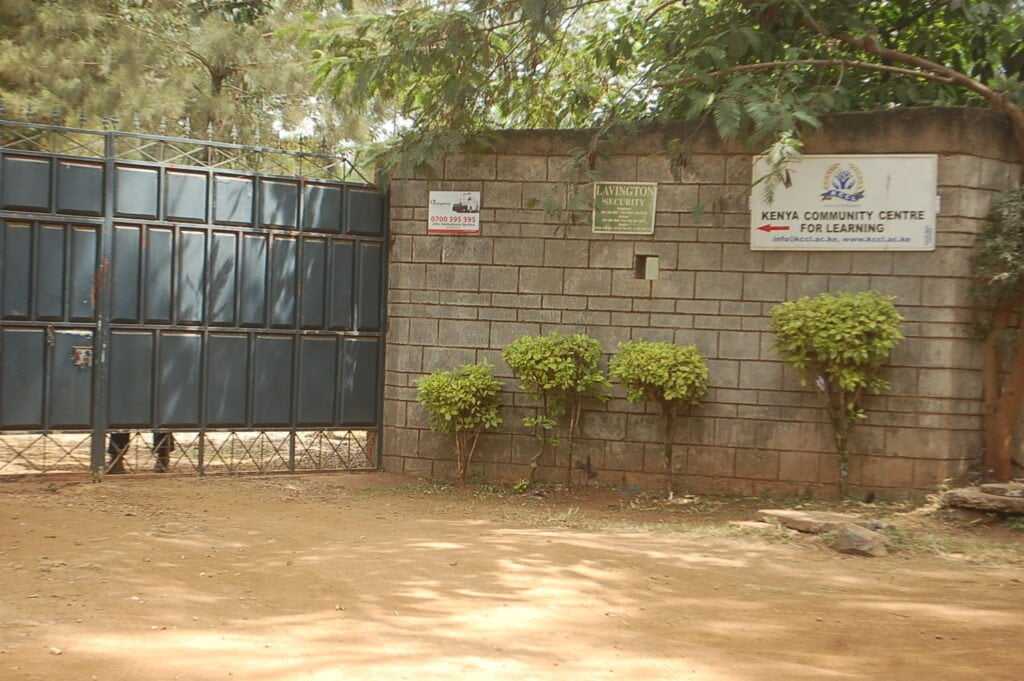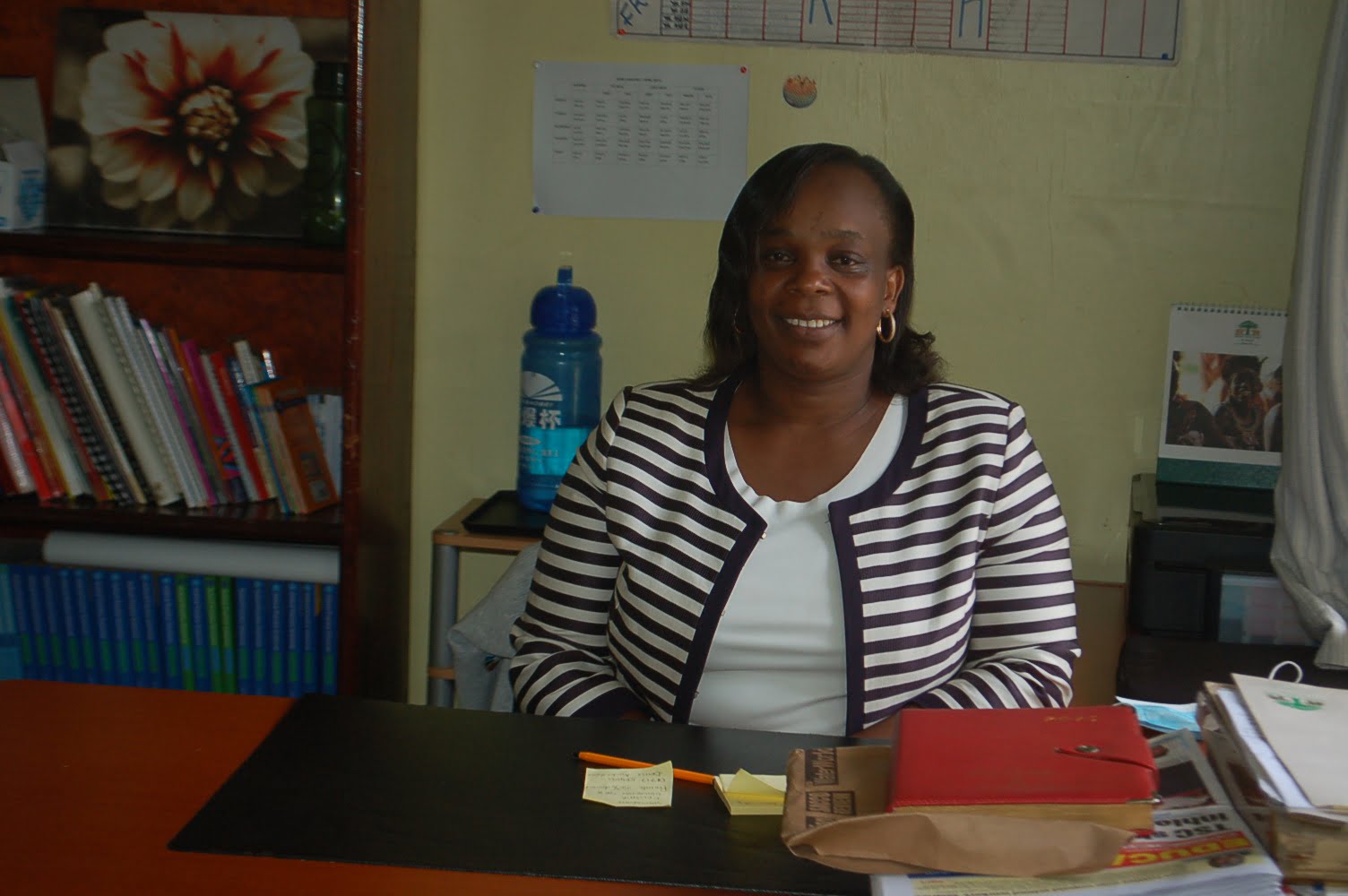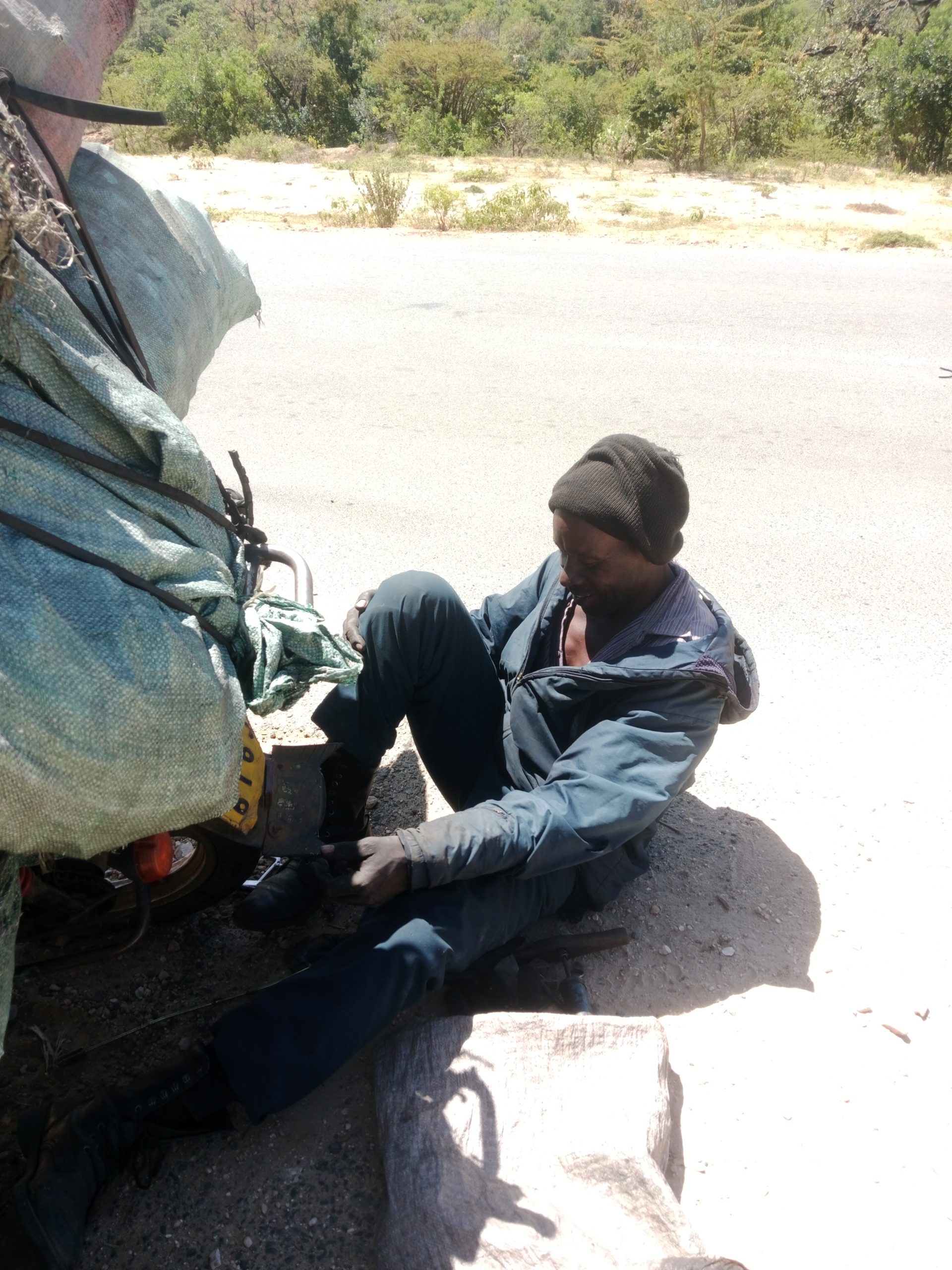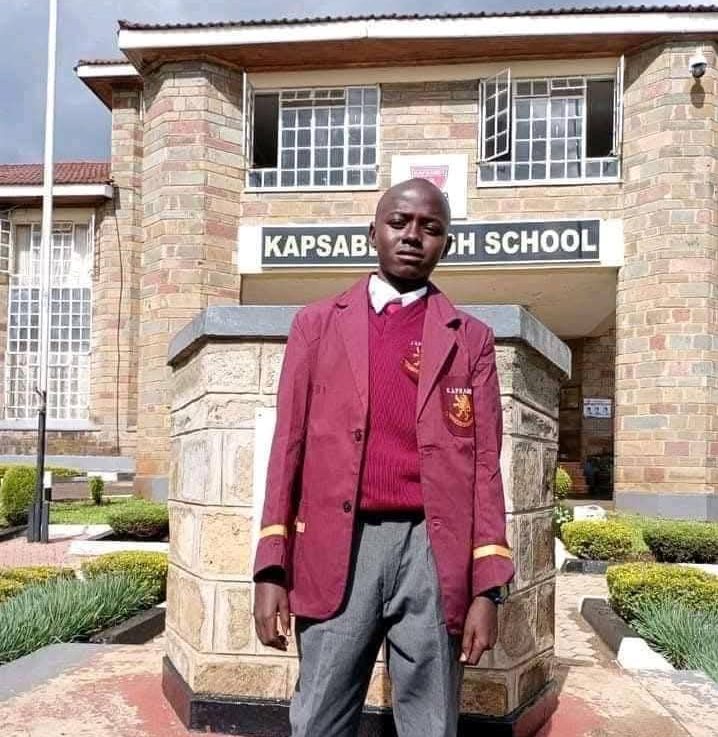By Roy Hezron
When results for any national examination are announced in the country much attention is drawn to leaners that have scored higher marks.
Little attention is given to those candidates who scored below 99 marks for case of KCPE and grade E in KCSE.
Some of those students are labeled failure who dragged the school subject mean score down by some subject teachers and institutional heads.
Those students are blamed despite the fact some of those leaners have learning disabilities are commonly known as slow learners.
Some of them do not have physical disability while others are physically challenged disabilities and they all have similar problems.
Conditions associated with slow learning include Dyslexia, Dyscalculia, Autism Spectrum Disorder, Communication Disorders and Downs Syndrome.
Others are Attention Deficit and Hyperactivity Disorder and other Development Disorders, a condition which makes them to often struggle with various areas of academic performance.
These students seem to have strengths similar to their peers in several areas, but their rate of learning is unexpectedly slower, a problem which usually persist from primary schools to the end of formal schooling including college.
Academic deficits for children with learning disabilities normally fall into reading, mathematics, and written expression.

A section of KCCL students and their teacher in class. Photo| Roy Hezron
Some children have problems in only one select academic area, while others may experience difficulties in all the three.
Some common oral reading problems associated with slow leaners’ and majorly include omission of words or group of words.
There are also cases of leaners inserting one or more words into sentence being read orally, replacing one or more words in the passage by one or more meaningful words and gross mispronunciation of a word.
Others include hesitation where students take two or more seconds before pronouncing a word, inversion where students changes the order of words appearing in a sentence, and disregard of punctuation.
Mathematically, these learners are characterized by incorrect operations and number fact, incorrect algorithm where the procedures used by the student to solve the problem are inappropriate and random errors where the student’s response is incorrect and apparently random.
On written expression, the slow learning students mostly are associated with handwriting difficulties (Dysgraphia), Spelling problems (Dysorthographia).
Though being a poor speller does not necessarily mean that a child has a learning disorder, there is reason for concern when poor spelling occurs with poor reading and or arithmetic.
Kenya Community Centre for Learning (KCCL) is a community school located in Nairobi County which provides alternative education for student aged between 6-21 years with diverse learning challenges typically known as the slow leaners’.
Founded in 2001 by a benevolent American lady, Astrid Robertson, KCCL provides a customized British Curriculum with programs designed to suit the educational needs of learners.
It has both Primary and Secondary units which provide assessment for educational placement as well as therapy services.

Kenya Community Centre for Learning students preparing for outdoor activities after lunch break. Photo| Roy Hezron
The school was borne out of a desperate need by parents of special needs children to provide alternative education options for their children who could not find accommodation in mainstream schools.
School Principal Esther Muchiri recently told Education News that majority of the students in the school are slow learners with learning disability majority are being brought from the mainstream schools.
“About 90 per cent of our students begin in mainstream schools or regular schools, but the going there is very tough for them because of luck of support systems and that’s how they end up here,” said Muchiri.
They offer leaners activity based learning just like Competency-Based Curriculum with the mode of assessment being activities that are documented in various forms like photos, videos and audios.
“The overall goal is to build independent skills for independent living for instance they will get money skills, time skills,” said Muchiri.
She said even if they will not be able to read the watch, they will need to have general information about time like morning, afternoon or evening, measurement, communication and functional skills like grooming and understanding their bodies
Upon admission, the school carries out an assessment to the child to determine the level of learning disability they have and generally to establish the baseline of the leaner.

The next one month helps the teachers to understand the leaner not only academically but socially and emotionally.
There after they come up with an individual education plan which is designed in collaboration with the parent of the learner, teachers and therapists.
That helps in mapping up the academic journey of the child depending on the level of disability.
Once this children gets to class, they realize that in most cases it is not a homogeneous class because they have varied needs.
“They could be eight of them in class but you could be having eight classes in one because each child is at different level and you got plan for them at their level,” clarified Muchiri.
She called upon teachers in regular schools not discriminate the slow learners since it is disability which is hidden.
Muchiri said every school should have a trained special needs trained teacher to advice on the leaners needs.






